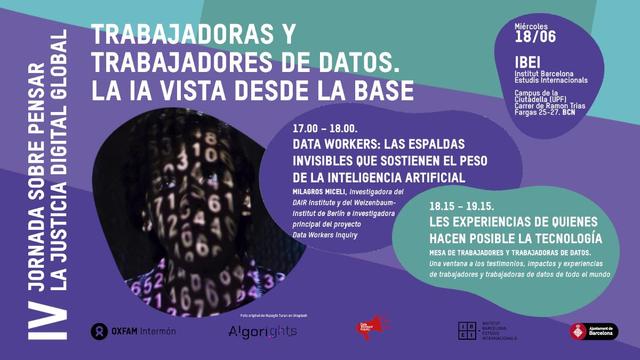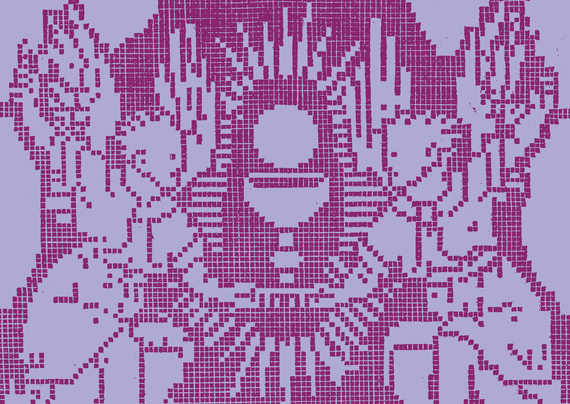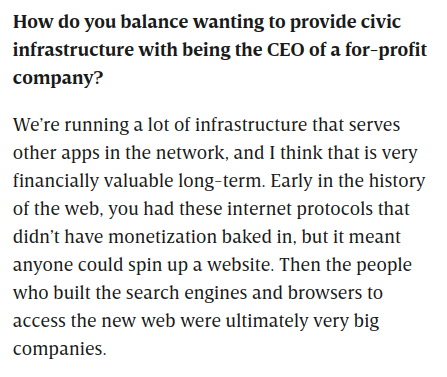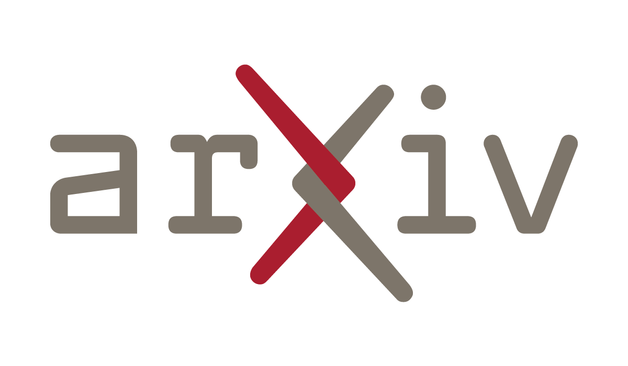Comparto estrategias para combatir los mensajes de odio en redes sociales, sea en plataformas de villanos mustios o sea en el #fediverso. 🧼🧹
También hablo de #derechosdigitales, #cuidadosdigitales, #atención, #privacidad, #datos y de todo lo que podamos hacer para que #internet mole más. ✨
| Formo parte de Laintersección | http://lainterseccion.net/ |









